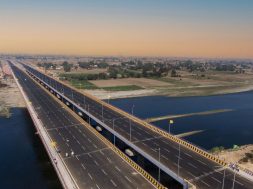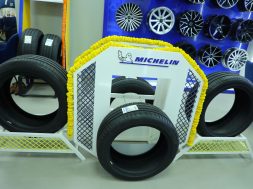The far-reaching benefits of solar energy, especially from roof-top solar PV systems installed on home, business and institutional buildings, have been well documented by various experts, including in this publication itself. This article offers financial investment options which can make solar power an attractive option for the power consumer
Solar energy is a clean, plentiful, reliable source of power available throughout the year across most of the country. Power generated from solar PV (photo-voltaic) systems protect consumers to a large extent, from escalating power costs, the need to purchase and store expensive, polluting and inflammable fuels such as diesel, and dependence on state run power utilities. Also, a captive solar power plant installed on the building rooftop provides power to the facility which can be instantly consumed or stored, with negligible transmission losses – just compare that to the huge distribution losses of electricity supply companies (ESCOM) from centralised power production!
Then, why has not every power consumer in the country with rooftop space installed solar power systems to make use of this free and abundance source of energy, which literally rains from the heavens?
The answer is the seemingly high capital costs which make solar power apparently unattractive, compared to other sources of power. This article offers financial investment options which can make solar power an attractive option for the power consumer, and therefore, a compelling recommendation by an architect, consultant or developer as well, to add maximum value to a client’s project.
Essentially, a power consumer can choose the CAPEX (capital expenditure) method, or a non-CAPEX method to invest in a solar power system. In the CAPEX method, for a system which complies with recommended standards, a subsidy of 30 per cent is available from the MNRE (Ministry or New and Renewable Energy), up to a maximum of 1 kWp (1 kilowatt peak) for a home, and up to 100 kWp for a commercial or institutional facility. Along with accelerated depreciation of up to 80 per cent, the final cost of the system can come down to about half the original cost – this allows a payback period of as less as 5 years, making reasonable assumptions on the mix of grid and DG (diesel generator) power used otherwise. After the 5 year period, for a good 20 years more (at least), the solar PV system will continue to generate power, giving the investment an excellent IRR (internal rate of return) of 30 per cent!
If a commercial facility chooses not to avail of the subsidy and install an even larger system (say 250 kWp), there is an even more attractive option in the CAPEX method. The power user can then install the solar PV system, generate and utilise the power, but in addition, also generate RECs (renewable energy certificates). These RECs, which can be traded in a government administered exchange, can generate good income and cash flows for the owner of the solar PV system. RECs are purchased by power consumers such as cement, steel and process manufacturing companies, who have huge power requirements, and are therefore required to fulfil an RPO (renewable power obligation) as defined by the government. Income from trading in RECs can bring the net payback period of a solar PV system down to as less as 3 years! Further, companies with RPO could set up captive solar power plants to generate power for their own consumption, and simultaneously fulfil their green power obligation.
If CAPEX is a major limiting factor for a large facility such as a factory, software company, retail mall etc. then, the power consumer can opt for a non-CAPEX option known as PPA (power purchase agreement). The PPA is signed between the power consumer and a financial investor, who funds the capital investment in the solar power system, which is then installed on the rooftop of the power consumers’ facility. The consumer then only pays for the power actually generated and consumed, for a period of 10 to 15 years, after which the solar power system is transferred to the consumer’s ownership at a highly discounted price. The non-CAPEX PPA option is normally used for large capacities of over 200 kWp, and is a financially attractive, win-win method for all parties involved, including the developer of the building, the tenant, the consultant who enables the adoption of solar energy, and the EPC service provider.
With the two CAPEX (with subsidy, or with REC trading) options and the non-CAPEX (PPA) option, solar power is definitely now a financially viable source for enterprises of all sizes, as well as homes to explore!
(For more information, visit www.usolar.in)
27
Cookie Consent
We use cookies to personalize your experience. By continuing to visit this website you agree to our Terms & Conditions, Privacy Policy and Cookie Policy.









